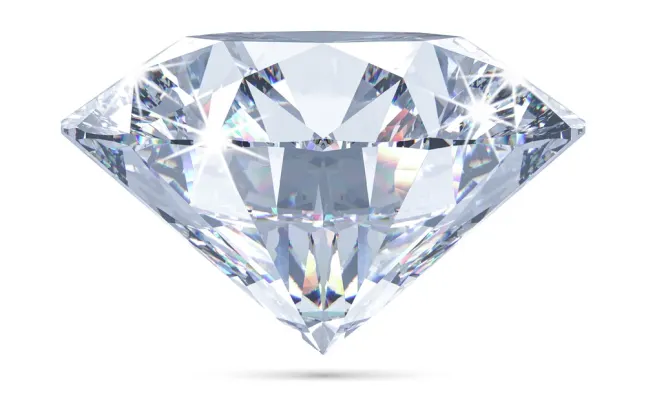While diamonds are beautiful and awe-inspiring, they are also valuable and highly sought after. With this being the case, sometimes ethics and the environmental effects of mining and producing these gems are not the top priority. Just like using a paper straw, or tossing that pop bottle in the recycling bin, every little bit you can do to educate yourself on the process diamonds go through to get to you and making sure you find one that is ethically and sustainably sourced, is important. This will ensure all the workers and the earth mined were treated fairly, properly and with care. The hippies had it right, peace and love (and diamonds) man!

What are they?
Sustainable diamonds can take many forms. It's really more of a process than the actual stone itself. Long explanation short, a sustainable diamond will be one that does not contribute to the degradation of the earth, or the workers who source and mine the diamonds themselves. If a company really has a grasp of sustainability on their to-do list, they will be very involved in trying to reduce their environmental footprint (meaning how much pollution, detriment, degradation their processes involve). This is going to include ethically and sustainably sourced mined diamonds, lab grown diamonds, and also simulant gems that look like diamond but chemically are a different makeup.
What goes into traditional mining?
I'm sure you’ve seen the old animations of how diamonds are found - the character goes into the dark, long mine shaft with a pick-axe (of course while whistling a tune) and all of a sudden a bright white, sparkling diamond the size of their hand (in perfect diamond shape already too) is just hanging out in the wall just waiting to be plucked off. While that is theatrically amusing and totally makes sense, it's not quite that easy.
Alluvial mining: This ore is found in the bottom of riverbeds and beaches, after years and (hundreds of thousands of) years of water current and erosion, the diamond rough ends up landing at the bottom. In order to get it, mining companies build giant dams to block off the water, so they can then take it and sift through the pebbles, rock, and other sediments to find the diamond rough (raw diamond). Once they have found all they think the riverbed will supply, they remove the structures and the flow of water is restored.
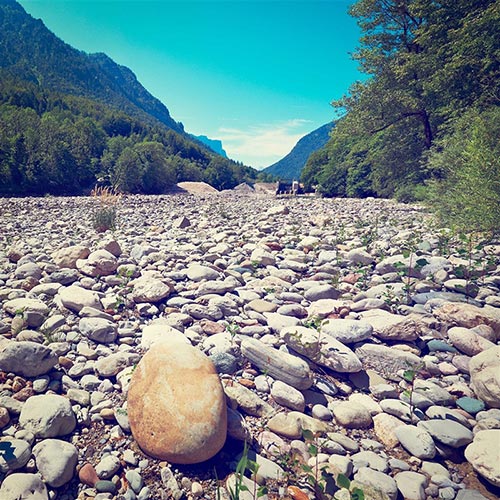
Open pit mining: This you’ve probably seen or read about before with diamonds or other precious materials. When the mining company believes they have found a good source of diamond ore, they will start to remove layers and layers of dirt and rock, and then sift through to find the diamond material. This isn’t quite as easy as just taking a shovel and digging until you find a shiny stone, it usually takes 7 tons of dirt to find 1 carat of diamond. Some of these mines may be as small as a quarter-mile wide to over a mile in diameter. In simpler terms, this translates to a GIANT deep hole in the ground. Which obviously can cause some problems environmentally. So now we know how we get them, so how does that in turn affect the surrounding areas?
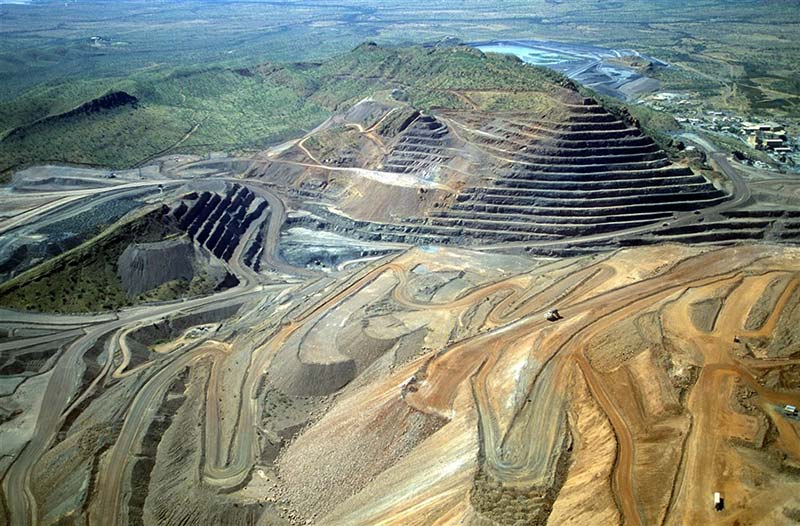
What effect does mining diamonds have environmentally?
In more controlled, regulated areas, there are many boxes you have to check as a mining company before you can even think about starting to mine diamonds. Years of investing time, money and research go into determining whether the area can be potentially mined, as well as what effects it will have on the surrounding area and communities.
As we learned before, there are different kinds of mines, and especially open-pit mining can have devastating effects on both the uninhabited and also populated areas. While the perfect scenario is that the mine doesn’t have too many adverse effects, that's usually not the case.
Air pollution from the machinery, mineral and chemical contamination from the water run-off used to search through the materials, and land erosion are the most obvious of issues. The dirt that is dug up is usually just moved to another area, because it typically can’t be used again once the search is over. There is also deforestation - if the area of land that was the diamond deposit had any kind of wildlife or vegetation on it, that is all going to be gone when it turns into a pit. Land erosion can be the most devastating, the walls of the pit can fall, and water from rain can be routed to take another path away from the mine - causing it to go through villages nearby, forcing families to relocate due to the conditions. These are all the things that may not make a diamond a conflict-diamond, but they are definitely not sustainable.
Conflict fueled diamonds
In fact, one of the biggest pushes for ethical diamonds is because of the treatment that the miners receive. If you’ve heard the term “blood or conflict diamond” then you know it's not all sing-along songs and talking animals when it comes to diamonds.
There are a huge amount of mines that are in third world or developing countries, which means that there are a lot of areas that are not controlled by the local governments that could ensure the safety and treatment of the miners. Some are controlled by the local militias, rebels and drug lords, who use the diamonds mined as currency to fuel their wars and illegal trading. As you can imagine this means there's not an HR department involved. They will use violence, torture, slave labor and even murder to get the miners to work for them under inhumane conditions.
There is an initiative in place called the Kimberley Process. It was created to increase transparency in the diamond industry to help eliminate the trade of conflict diamonds sold by the rebel groups to fund conflict against legitimate governments. The KP has helped conflict diamond trade become illegal, and reduce the amount of groups able to profit off of it. While many have criticized the process of not really making a huge difference in the “blood diamond” sales, it has brought attention to the issue making purchasers like you more aware of the issues and what to pay attention to when searching for your diamond.
You can feel confident in knowing that all of the retailers who list on Rare Carat have a conflict-free policy.
Lab grown diamonds
If you think of all the time and manpower it takes to get a diamond out of the ground, why not skip all that and grow one yourself? Well, maybe you can't with your at-home science kit, but lab grown diamonds are a fantastic option to natural ones. Chemically they are absolutely identical.
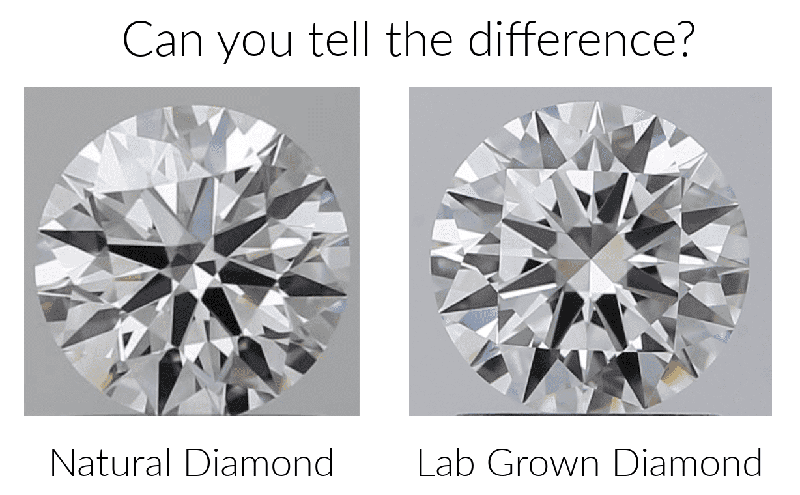
If you held a natural diamond in one hand, and a lab grown one in the other, you wouldn’t be able to tell which is which. Lab grown diamonds are also made of pressurized, heated carbon, just like the classics. Though these are not going to have the same conflict bearing possibilities, they still may have some effect on the environment.
The HPHT (high pressure, high temperature) diamond formation is done in a lab - a tiny diamond seed (of which the rest of its chemical structure will form around) is placed inside a chunk of carbon. This diamond/carbon seed-chunk is then transferred to a machine that will exert 1.5 million pounds of pressure per-square-inch, and heat up to 2700 degrees Fahrenheit. This mimics the environment diamonds normally form under in the earth.
The CVD (chemical vapor deposition) growing process is like a giant microwave. An HPHT lab grown seed crystal is placed in the machine and a cloud of carbon rich gasses rain down on the seed crystal eventually creating layers of diamond.
However, the machinery used to provide these conditions can also cause air pollution, and use huge amounts of energy that may not have been created cleanly. If you’ve caught on here, its not necessarily the diamond itself that creates the issues, it's everything else that takes to find, remove and produce the gem. There’s a long string of things the diamond has to go through before it actually finds its home. Lab grown diamonds eliminate the issue of unethically sourced material, and are better on the environmental side, but still can have their downfalls. So what are other options?
Diamond simulants
If it looks like a diamond, shines like a diamond, then it is a diamond, right? Well, no. This doesn't really apply to the looks like a duck, quacks like a duck idiom. There are many other gems that look similar to our favorite shiny diamond. The list can include moissanite, cubic zirconia and white sapphire. While clear and shiny may look similar to diamonds they all have different chemical compositions. They may come to be by the earth, or by lab. Since they don’t have the same atomic structure as diamond, none of these are as hard either. Take that into consideration when looking to purchase these look-alikes.
Recycled diamonds
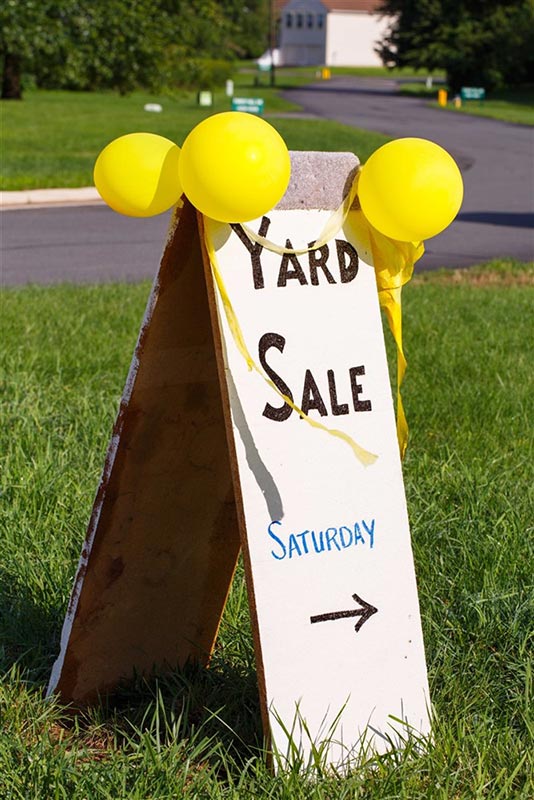
A great option to look into if you are trying to find the most sustainable option is to look into recycled diamonds. These will be diamonds that were previously cut and lived a happy life, and then maybe their owners decided to part ways with them, due to cost, an estate sale or just got an upgrade. A jeweler can even recut into a different shape should your heart desire (and the original cut shape allow). While you may not know exactly where the diamond came from originally, at least you’re not adding to the influx of new diamond markets.
So what's the verdict here?
As far as sustainability goes, lab grown diamonds or stimulants are going to be the most guaranteed option. The diamonds aren’t mined and don’t affect the local communities or environment they come from. But, that doesn't mean all natural diamonds are bad. As long as the company you are buying from has sustainability practices in place, they are doing their best to reduce the effect mining the diamonds have on our planet.
Plenty of places like Canada, Russia, Namibia, Botswana, and South Africa are ethically sourcing their diamonds, meaning you don’t have to worry about them being involved in any kind of conflict trade. It’s definitely not impossible to find a sustainably, ethically sourced diamond, and reading the bio pages on the diamond seller’s websites will give you some insight into how the diamonds are produced. Don’t be afraid to ask questions either, a reputable seller is going to have no issue with you asking where and how the diamonds came about.
The more responsible we can be about purchasing our dream diamonds, the better off the Earth and the people who bring them to light will be.
